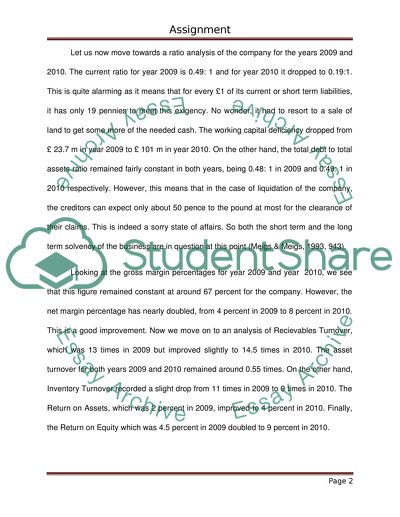Cite this document
(“Business Report for Consideration by The Directors of Fuller, Smith & Assignment”, n.d.)
Retrieved from https://studentshare.org/finance-accounting/1396034-finicial-statement
Retrieved from https://studentshare.org/finance-accounting/1396034-finicial-statement
(Business Report for Consideration by The Directors of Fuller, Smith & Assignment)
https://studentshare.org/finance-accounting/1396034-finicial-statement.
https://studentshare.org/finance-accounting/1396034-finicial-statement.
“Business Report for Consideration by The Directors of Fuller, Smith & Assignment”, n.d. https://studentshare.org/finance-accounting/1396034-finicial-statement.


